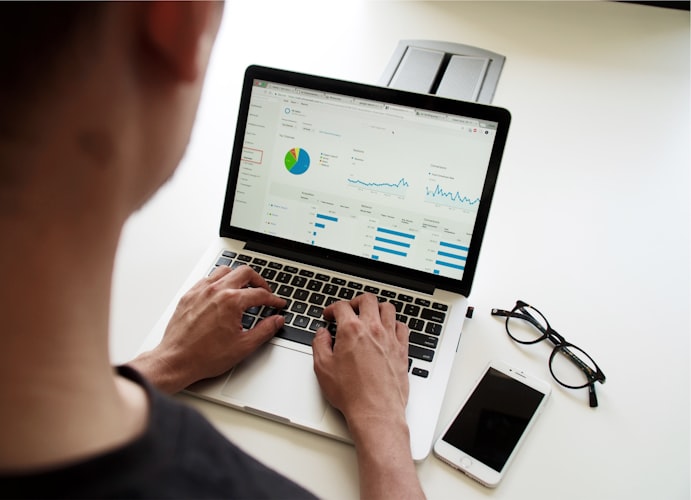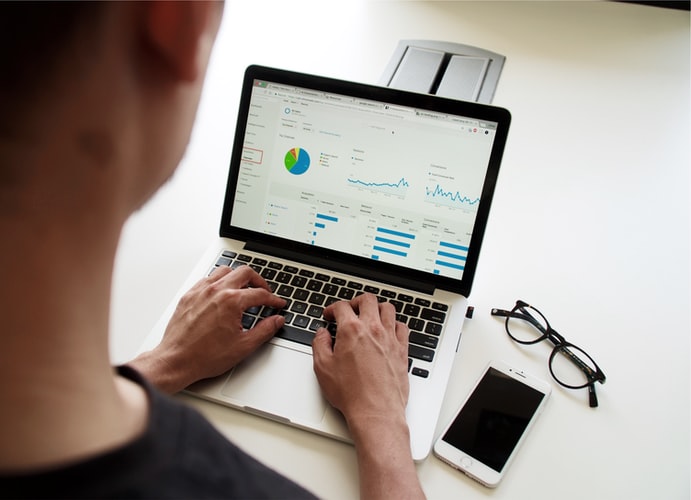All You Need to Know About Data Management Software List and So Much More

Web data scraping has become a significant asset to businesses around the world. It is now nearly impossible for most companies to succeed without relying on data in some way. Advances in technology are credited with making utilization of data possible. At the moment, many lives are impacted by social media. You can imagine the amount of data generated every single day. Utilizing this kind of data has helped many enterprises make marketing and product production strategies.
Since large amounts of data are generated, it is nearly impossible for someone to collect the data and turn it into something that can be useful. Data management software comes in handy in collecting and turning data into useful information that a business can use in various ways to lead to profit and so much more. This article will talk about all you need to know about data management software and a data management software list with all of the software your business should consider using.
What is Data Management Software?
As mentioned earlier, data management software is a type of software that makes it possible to collect, store, and manipulate data from different sources. The technology in data management software makes it possible for the whole process to deal with large amounts of data more quickly than what the technology used in the past could. A person can send a form of command to the software by using a database administrator. The software can do several tasks like loading and retrieving data and making changes to already existing data.
What Are the Uses of Data Management Software?
There tend to be any uses of data management software. This is why they are vital to the success of different enterprises. Most of the time, data management software is used to protect the information found in different databases. Another common way people use data management software is to store data. They can also be used to back up and recover data.
We all know that data needs to be converted in a way that others can understand. It will be a waste of time collecting large amounts of data and not finding ways to utilize it. Data management software is also used in the reporting and presentation of data. Other uses of data management software are management of data security and enabling communication through a database.
Data Management Software List of Categories
Like much other software, there are different categories of data management software. Each tends to be used to do different tasks for a business. Below is a data management software list of categories.
Analytic Database Software
Just as the name suggests, analytical database software is mainly used to conduct analysis. This type of data management software works by comparing different sets of data and coming up with a precisive analysis. Through such software, a business can analyze various things like the success of their marketing campaigns and so on. They can also be used to assess the risk involved, and this may end up saving a company a lot of money.
Warehouse Data
You will find out that most of these software types are named according to the things they do. Just as the name suggests, these software types are used to get specific it from a large chunk of data. The data is then safely stored in a centralized location. By storing and locating data, a business can successfully identify inconsistencies, thus ensuring that data integrity is maintained.
Distribution Data Management Software
As mentioned earlier in the article, data tends to be generated from different sources and is also stored in different locations. Finding all of the required data can be challenging for many people dealing with data. By using a distributed data management software, a company can manage different data stored in various locations from a centralized location. Since most of the time, the software is used in utilizing various data found in various locations, the technology used tends to be very fast.
End-User Software
It is essential to note that the data management software list, not all software is used in situations where there are large amounts of data involved. End-user data management software tends to be used by a person. The type of software is only used to store data for a single person.
The software is quite common since many people, even those who are not in the business world, use them. Common examples are Microsoft Excel and Zoho. Information is mainly stored in the form of spreadsheets.
External Database Software
These are types of data management software used to store information in a way that they can be accessed by any people. Most of the time, the software under this category are used to compile various information that can be accessed by many business departments at a time. The information compiled by such software is usually accessed through the internet.
Operational Data Software
The last categories in the data management software list are operational software. These are quite different data management as they allow those using them to make changes at the exact moment. They tend to be used by enterprises that are in the customer relations or financial field.
I hope you know the various categories of data management software your business needs. There tend to be many data management software that one can use, and most of them can be downloaded online through various sites. Some may be free, while others may require you to pay a given fee to access them. Below are some of the data management software.
Data Management Software List
The list includes Microsoft Excel and Access, a quick base, and Teradata. Other common data management software includes ADABAS, Altibase, and Microsoft SQL Server.
Conclusion
There are many benefits that a business will gain from using the various data management software, including the ones mentioned above. The benefits include having a simplified means to share data, ensuring that your data is safe at all times, and improved data integration.




